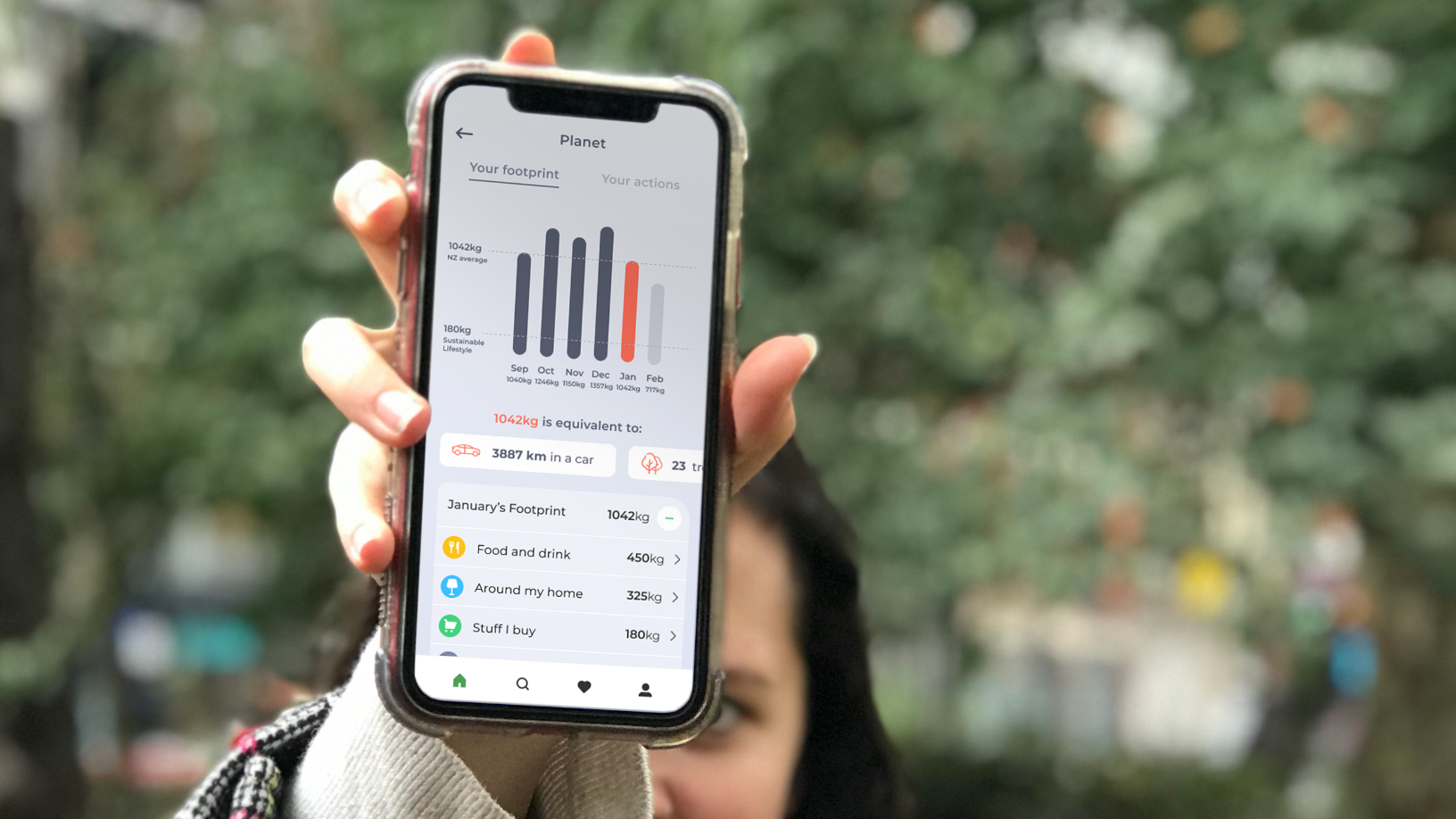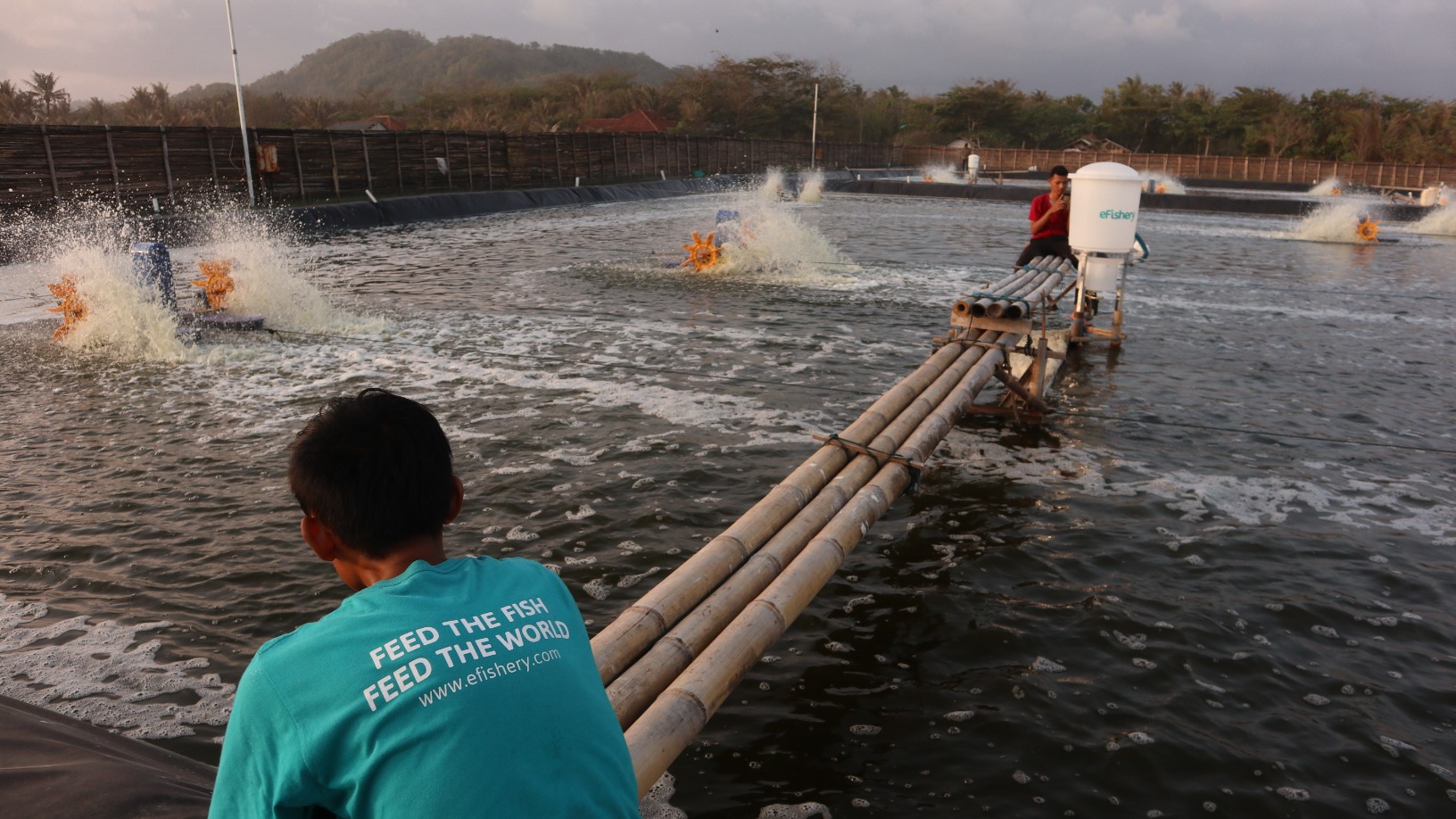More city-dwellers have taken up cycling over the recent years, choosing it as a healthy, environmentally friendly alternative to other forms of local transport. Some estimates indicate that there are 2bn bicycles in use globally – one for every four people on Earth. Unfortunately, the bike's increasing popularity has also brought about an unwelcome increase in accidents resulting from its use.
Barcelona-based startup Evix Safety says that 30,000 European Union citizens have lost their lives in bike accidents in the last decade and that one in every 14 cyclists has an accident annually. Of these, 20% have resulted in head or neck injuries. To protect these vulnerable areas, the startup has launched the world's first cycle helmet with an airbag.
CompassList met Evix Safety's CEO and co-founder Marc Millet at the industrial tech conference IQS Tech Fest in Barcelona earlier this year, where the startup was presenting its sensors- and algorithm-enabled helmet.
This interview has been edited for length and clarity
How were you inspired to come up with an airbag for cyclists?
The initial inspiration was my father, who was both a doctor and an inventor. About 15 years ago, having seen many accidents and injuries, he invented an airbag for motorcycles. He said it was enough for him if he could stop just one. You can't put a price on life.
However, his invention was only launched in Spain and for one reason or another it didn't work out. The company shut down. So we took up the gauntlet, but looked at the statistics and asked ourselves if it would make more sense to adapt the idea for bicycles. We haven't looked back since.
Besides all the terrible data like one in three people having a bike accident in their lives, we also often meet people who are in wheelchairs and have medulla damage from a bike accident. They want to stop it from happening to others. So, it really motivates you to make a decent product. On top of that, Lucas – the CTO and engineer of the team – travels a lot by bicycle, while the other two co-founders, Nil and I, are both sporadic users.
We are always told to wear a bike helmet. Don't they protect cyclists from injury?
If you have an accident on your bicycle wearing any helmet sold today, your neck is not protected – only the head. Our technology will offer two layers of protection. Besides the helmet to protect the head, our design carries an inflatable airbag to protect the neck in an accident. It will prevent the typical injury of hyper-extension of the neck that can hurt the cervix and the medulla – the latter of which can lead to being in a wheelchair for life.
If you have an accident on your bike, you have a 20% chance of getting a neck injury. If you hit your head, it also implies moving your neck. Of deaths on bikes, 80% of casualties had head and neck injuries. That is why a simple cycle helmet does not afford the necessary protection.
Could you explain Evix's technology, including the use of algorithms?
Just as cycle helmets come in three different sizes, our airbags will also need to come in small, medium and large sizes. The material is exactly the same as a car airbag – a very fine but resistant type of nylon that will fit into the back of the helmet and which has a tiny electrovalve to self-inflate in case of emergency.
The airbag is like an inflatable horseshoe-shaped airline pillow, protecting the cervix by preventing the neck from moving backward and sideways. It doesn't close at the front because that would be dangerous. We know that weight is important to cyclists so we are trying to make our devices as light as possible. Together with the helmet, the whole shouldn't weigh more than 350g–400g per unit.
Our unique technology, a tiny metallic plate that contains two sensors and our algorithm-refined software, is stored in the back of the helmet. If an accident happens, the sensors communicate with each another and with the software according to parameters set within the algorithm. Then the software communicates with the electrovalve and inflates the airbag in milliseconds, protecting the cervical column.
The sensors are basically an accelerometer that measures velocity and a gyroscope sensor that monitors the tilt and lateral orientation of the user. The gyroscope is on an axis to detect odd movements and the accelerometer is just that: a meter. If you are stationary, it's not needed. Only when the sensors detect both a vertical movement and acceleration is an accident recognized and the airbag activated.
We must be sure that the airbag doesn't inflate when the helmet is dropped or when making a turn so we have to perfect the algorithm. This means doing as many tests as possible to provide the necessary data for the algorithm to accurately decide when there is an accident and to activate only in that instance.
We outsourced the algorithm programming to another company and it is currently under development, using data from all the tests we are performing. The trial users with our technology cycle for kilometers with the software capturing data on their speeds, movements and angles, meaning the algorithm will be the most accurate arbiter of when there is an accident.
How did you progress from the idea to getting the business off the ground ?
The idea was to produce an airbag that fits behind the helmet and that inflates in milliseconds, protecting the neck just before any impact from an accident. We started the business less than two years ago, right after my master's in Business Management at the University of Barcelona. That's where I met our COO Nil Oleaga.
For my master's final dissertation, I did a market analysis for this project that included extensive market research. That went well so I asked Nil if he wanted to set up the business with me. We knew we would also need an engineer and found our third co-founder, Lucas Llobet, in early 2018 after several months of looking. One of our biggest challenges had been to find an engineer supportive enough to leave his last job.
After the master's, we did courses in entrepreneurship at the University of Barcelona and decided to work on the technology again from scratch because it had advanced so much since my father's version. We wanted to provide the best technology we could in a device as compact as possible.
Then two local competitions helped give both form and direction to the business. Early in 2018, we came second in the University of Barcelona's Empren Prize, winning a small amount of cash. That got us put forward for the Youth with Ideas Explorer program of Santander Bank. From that, we were awarded incubation support and working space at our current office at Pompeu Fabra University's TecnoCampus Science Park. We also got to go to Silicon Valley to present the project in November 2018 and to apply the Lean Startup theory that shortens product development stages.
Now we are at the stage where we have 10 people working with us in some capacity, covering all of the missing areas that we didn't have until very recently, such as marketing, sales and a person to address fundraising. We started working on the prototype of the final technology two months ago and will be ready after the summer of 2020.
At what stage is product development, and will you manufacture the helmet yourselves or outsource the production?
We will not manufacture the product. We have found a Barcelona-based engineering firm, Estimulo, that will do it because it makes more commercial sense for us. We have been in touch with a few possible providers to date, some in Asia, so they will probably do the manufacturing. It will be tricky to manufacture as it is tech and it cannot fail. It has to be super fast to both react and inflate.
We are registering the patent right now in Spain and we have applied under the Patent Cooperation Treaty (PCT) for an international patent to retail in the European Union. This entitles you to an 18-month period after requesting the patent when no-one can copy the design. It gives you time to make last-minute changes to the product, which is ideal for our continued testing to avoid wasting resources under the Lean Startup theory .
After the prototype is ready, we will then need to get certification. For Europe, that is the CE mark for individual protective equipment after undergoing safety tests. When we have the functional prototype in one to two months, we will test it with partners such as local cycling clubs and the Spanish Cycling Federation, who will lend teams to test it. The more, the better. If everything goes to plan, the product will be on sale in September 2021.
What is the business plan?
We will sell the technology to the cycling helmet brands internationally. The helmet will be designed by each customer we work with and they will integrate the airbag into the back of their helmet using their own design. We will go to helmet makers because it is their core business and safety is what they are really concerned about. Bike manufacturers have a different focus.
There are many European brands – several in Spain and also in Nordic and Benelux countries. Helmets used for road racing cost around €250 or €300 and we will be in the same price range. Our main end users will be those who use the bike at the weekend and do many kilometers on the road.
As everyone knows, cycling is becoming more and more popular and in Spain alone cycling is the most practised sport with almost 7m cyclists on the roads. As the patent we applied for initially is valid only for Europe, we will start sales here before looking to go global.
Can the technology also be applied to other market verticals?
That is exactly our intention. Firstly, we want to apply it to urban bike services such as Barcelona's Bicing. That will not require any additional technology. The mountain bike sector is more complicated due to the erratic movements people make on these bikes. The algorithm when you go straight is the same in the city and on roads, but in the mountains you change direction and incline a lot and also knock into things, so the algorithms will need to be different. Once we have this under control, we can also use the technology for motorbikes, for skiing helmets and for electric scooters. The opportunities are massive.
I heard you've developed this on a shoestring budget. Is that true? And will you seek external funding?
We have spent €30,000 so far out of a total of €40,000 invested to date. We got €5,000 from the prizes we won, have put in €10,000 of our own money and took out a bank loan for €25,000.
Many companies, especially non-startups, don't even product test before the MVP. We saved a lot by making a mock-up of a helmet and spoke to cyclists in the street so we knew beforehand that the product would be in demand. This was a part of Lean Startup practice.
Initially, our idea was to protect only the back of the neck, but doctors told us that the side of the neck also had to be protected. Imagine if we had developed the product without this advice. You need to fail the quickest and cheapest way possible to get the mistakes out of the way.
We will open our first investment round in April 2020 and are looking for €125,000 to finish the prototype and to keep us going until the patent comes in. [Editor: Evix Safety also announced at the IQS Tech Fest its partnership with sports tech investor Xarxa Capital, under which it would benefit from “the support and experience” of the Xarxa team.] We will also seek state funding – the ENISA innovation grant where you get 70% of the round you close – and the EU's Horizon 2020 Phase II innovation funding when the product is more developed. It's non-stop for us throughout 2020.










